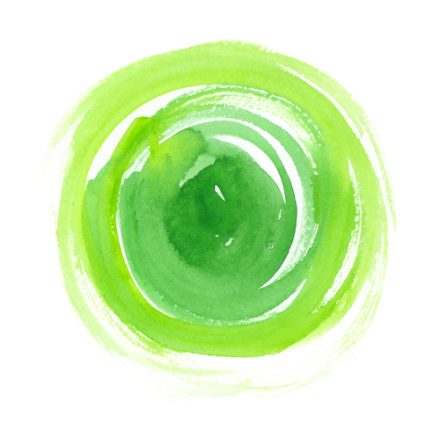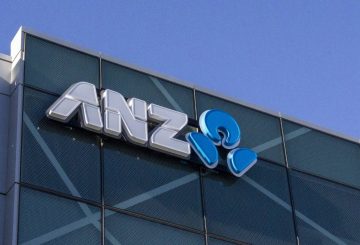ニュージーランドは、信号システムとも呼ばれるCOVID19プロテクション・フレームワーク(新型コロナウイルス保護枠組とも)に入っています。
COVID19プロテクション・フレームワークの主な構成要素
- ワクチン接種
- 高いワクチン接種率は、人々を保護し、COVID-19の蔓延を最小限に抑えるためのニュージーランドの重要な手段であり、フレームワークの設定の根幹をなしています。
- ワクチンパス(ワクチン接種証明)
- ワクチンパスは、アオテアロアニュージーランドで使用するCOVID-19の接種状況を記録する公式なものです。
- 人数制限
- アラートレベルの設定と同様に、指定された人数制限は、1メートルの距離に基づいています。
- 記録保存
-
NZ政府が発行したQRコードを職場や公共交通機関に提示し、NZ COVID
Tracerアプリで接触者追跡をできるようにすることが法的に義務付けられています。 - 地域ごとの保護とロックダウン
- このフレームワークでは、高い感染率を抑制するために必要であれば、3段階のレベルに加え、局所的なロックダウンや保護措置を行うことができます。
- 場所を指定しない
- あなたのビジネス、サービス、活動がフレームワークで特に取り上げられていない場合、一般的な設定で指定された公衆衛生対策に従わなければなりません。
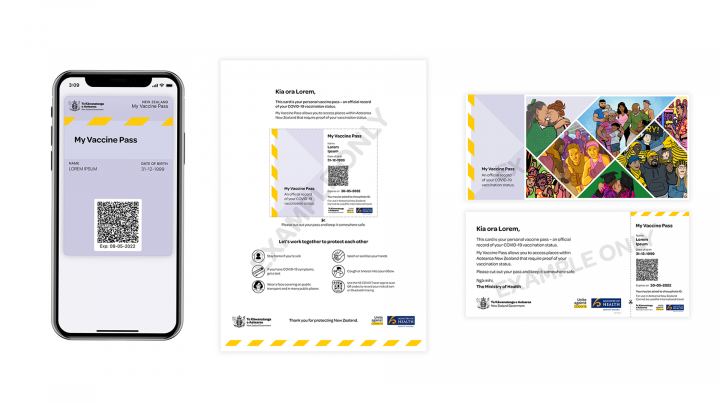
信号システム
ニュージーランドでは、すべての場所が赤、オレンジ、緑というように色分けされています。この指定された色によって、特定のルールに従う必要があります。
赤:赤では、COVID-19から脆弱なコミュニティと医療システムを守るために、行動を起こす必要があります。詳しくはスクロールしてご覧ください。
オレンジオレンジでは、COVID-19の地域感染が起こり、脆弱なコミュニティへのリスクが高まり、医療制度への圧力が高まります。詳しくはスクロールしてご覧ください。
緑緑色では、地域社会での感染は限定的であり、医療システムは対応する準備ができています。詳しくはスクロールしてご覧ください。
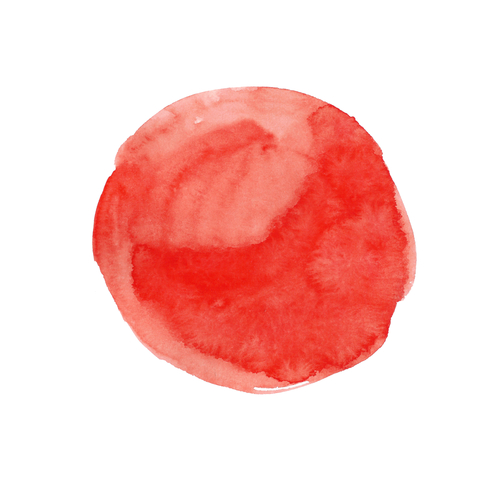
赤
「赤」設定の場合、行ける場所に制限があります。しかし、誰もができる日常的なこともあります。屋内外で友人やファーナウ(マオリ語で家族の意)に会い、買い物をし、医療を受け、学校に通い、旅行することができます。
信号システムのもとでワクチン接種が必要な場所に入る際には、ワクチンパスの提示が法的に義務付けられています。これには、接待の場、イベント、集会、スポーツジムなどが含まれる場合があります。
スーパーマーケット、公共交通機関、基礎的な医療サービスなど、生活必需サービスを利用する際に、ワクチンパスの提示を求められることはありません。
- 「赤」設定における集会・訪問
- 自宅、教会、スポーツ施設などの集会や訪問は、ワクチンパスの条件と制限を守って、赤のもとで行うことができます。
- 「赤」設定における旅行・宿泊
- ニュージーランド国内を旅行したり、赤の地域にある宿泊施設に滞在することができます。
- 「赤」設定におけるビジネス・職場
- 赤のもとでは、企業や職場の営業は可能です。作業者によっては、ワクチン接種が必要な場合もあります。
- 「赤」設定におけるホスピタリティ施設
- カフェ、バー、レストラン、ナイトクラブなどのホスピタリティ施設は、ワクチンパスの条件や制限を満たしていれば、赤の設定でも営業することができます。
- 「赤」設定におけるショッピングとサービス
- 食料品や医療品など、基本的なものはいつでも赤の設定でも調達でき、その他の小売店にも足を運ぶことができます。
- 「赤」設定におけるイベント・公共施設
- イベントはワクチンパスの使用ありで実施でき、公共施設は制限付きで営業できます。
- 「赤」設定における引越し、住まいの購入・売却
- 引越し、不動産の売買ができます。
- 「赤」設定におけるスポーツ・レクリエーション
- 赤ではスポーツやレクリエーションを楽しむことができます。ワクチンパスが必要な場所もあります。

オレンジ
オレンジでは、COVID-19の地域感染が起こり、脆弱なコミュニティへのリスクが高まり、医療制度への圧力が高まります。
オレンジでは、人々は日常生活を送ることが可能です。ウイルスの拡散を抑え、弱い立場の人々を保護するための制限があります。しかし、職場、学校、ジム、教会、レストラン、その他多くの場所に行くことができます。
ほとんどの企業は、ワクチンパスワクチンパスの要件に従い、ワクチンパスを持っている人しか入店できないようにすれば、人数制限なく営業することができます。
ワクチンパスの要件に従わない場合は、一度に会場に入れる人数に制限があります。
- 「オレンジ」設定における集会・訪問
- 自宅、教会、スポーツ会場などでの集い・訪問は、制限付きでオレンジ上でも行うことができます。
- 「オレンジ」設定における旅行・宿泊
- ニュージーランドを旅行し、オレンジの地域にある宿泊施設に滞在することができます。
- 「オレンジ」設定におけるビジネス・職場
- オレンジでは、企業や職場の営業は可能です。作業者によっては、ワクチン接種が必要な場合もあります。
- 「オレンジ」設定におけるホスピタリティ施設
- カフェ、バー、レストラン、ナイトクラブなどのホスピタリティ施設は、いくつかの制限付きで、オレンジでも営業することができます。
- 「オレンジ」設定におけるショッピングとサービス
- オレンジでは、食料品や医療品など、基本的なものはいつでも調達でき、その他の小売店にも足を運ぶことができます。
- 「オレンジ」設定におけるイベント・公共施設
- オレンジではイベントの開催や公共施設のオープンが制限付きで可能です。
- 「オレンジ」設定における教育
- オレンジでは教育を受けることができますが、マスク着用などの公衆衛生上の措置が必要な場合があります。
- 「オレンジ」設定における引越し、住まいの購入・売却
- 引越し、物件の売買が可能です。
- 「オレンジ」設定におけるスポーツ・レクリエーション
- オレンジでは、制限付きでスポーツやレクリエーションをしたり、観戦したりすることができます。
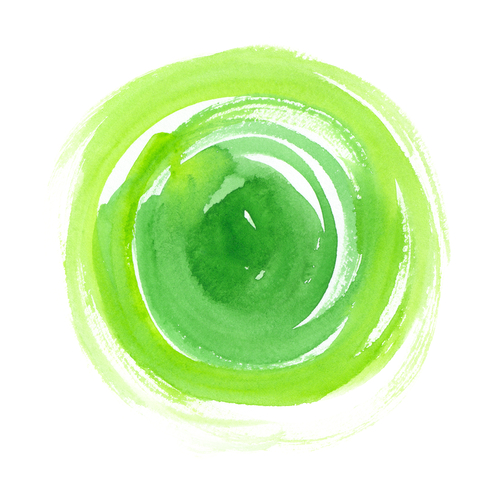
緑
緑では、地域社会での感染は限定的であり、医療システムは対応する準備ができています。
多くの企業や会場では、ワクチンパスの要件に従えば、人数制限を設けずに営業することが可能です。
ワクチンパスの要件に従わない場合は、一度に会場に入れる人数に制限があります。
- 「緑」設定における集会・訪問
- 自宅、教会、マラエなどでの集会や訪問は、緑で行うことができます。
- 「緑」設定における旅行・宿泊
- ニュージーランド国内を旅行し、緑の地域にある宿泊施設に滞在することができます。
- 「緑」設定におけるビジネス・職場
- 緑でのビジネスや職場の営業は制限されていません。
- 「緑」設定におけるホスピタリティ施設
- カフェ、バー、レストラン、ナイトクラブなどのホスピタリティ施設は、全員がワクチンパスを持っていれば、制限なく営業することができます。
- 「緑」設定におけるショッピングとサービス
- 緑では、食料品や医療品など、基本的なものはいつでも調達でき、その他の小売店にも足を運ぶことができます。
- 「緑」設定におけるイベント・公共施設
- イベントの開催や公共施設の営業も可能です。
- 「緑」設定における教育
- 緑では、幼児教室、学校、クラ(マオリ族の学校)、大学などの教育施設は、すべて開館しています。
- 「緑」設定における引越し、住まいの購入・売却
- 緑では引っ越しや家の売買が可能です。
- 「緑」設定におけるスポーツ・レクリエーション
- 緑では、全員がワクチン接種を受けていれば、スポーツやレクリエーションで遊んだり、観戦したりすることは制限されていません。

















































